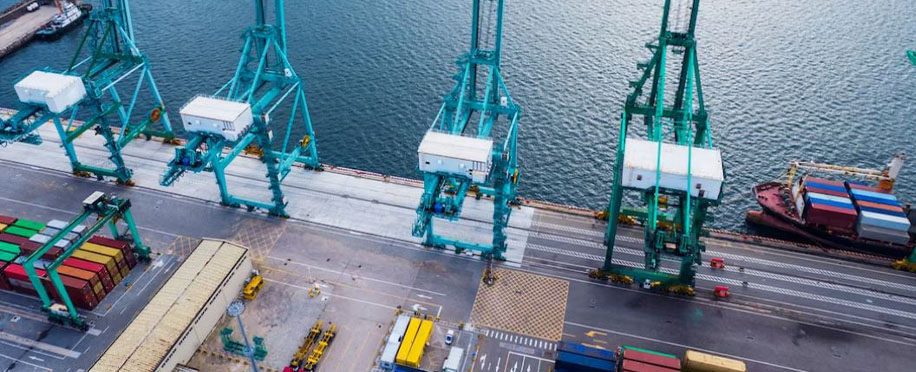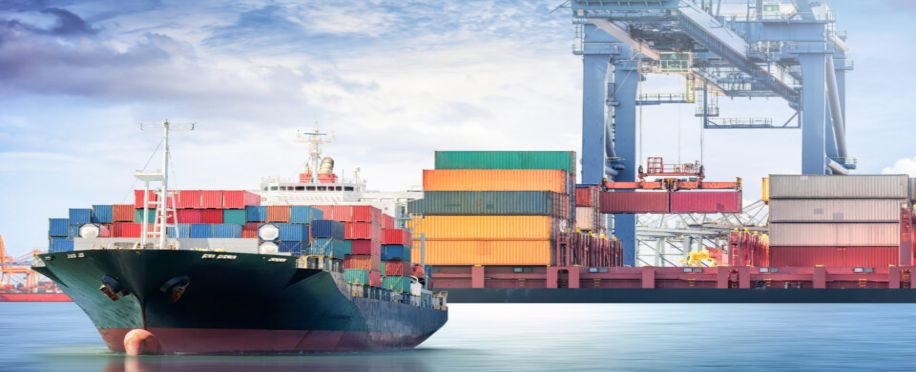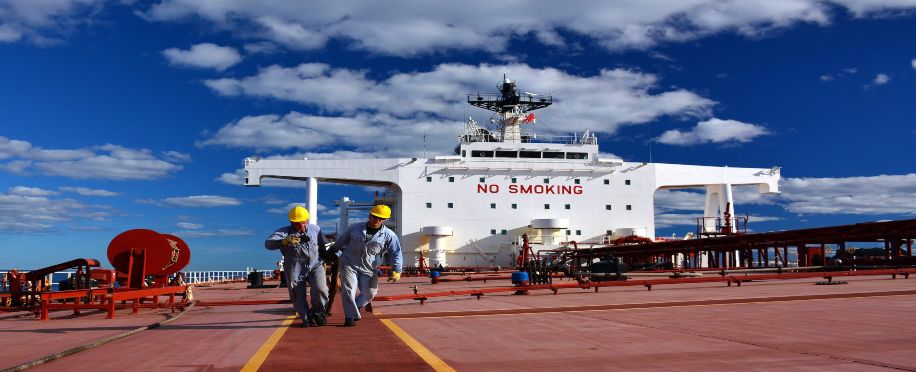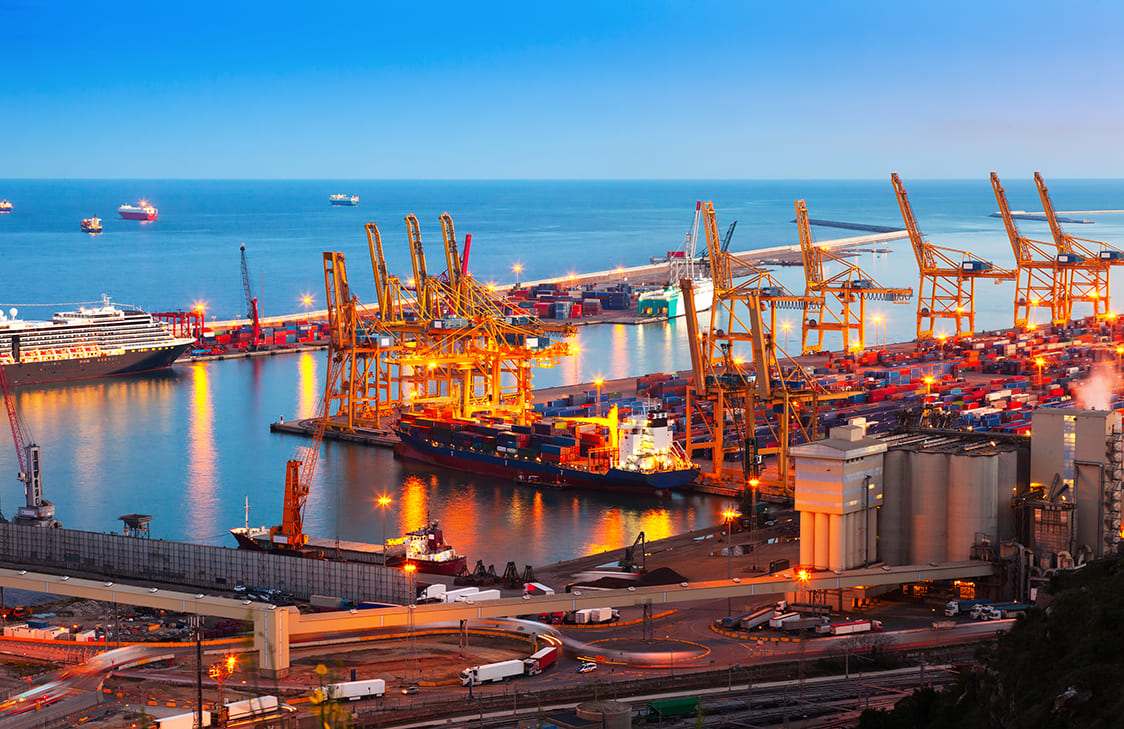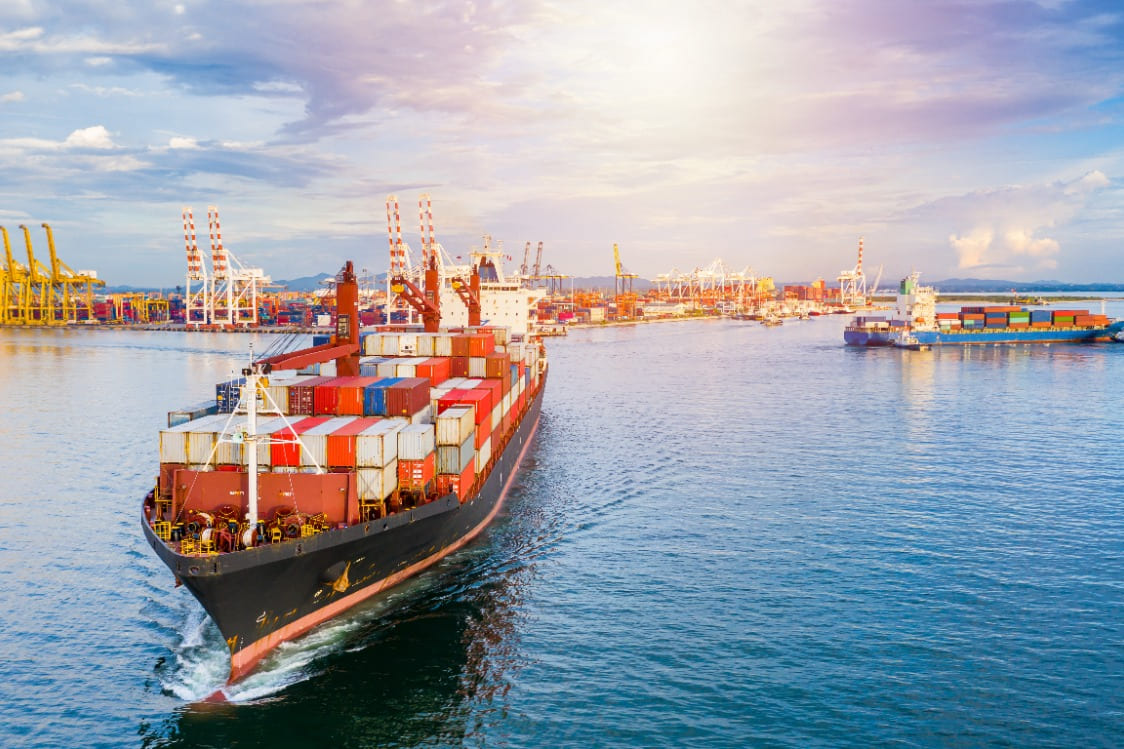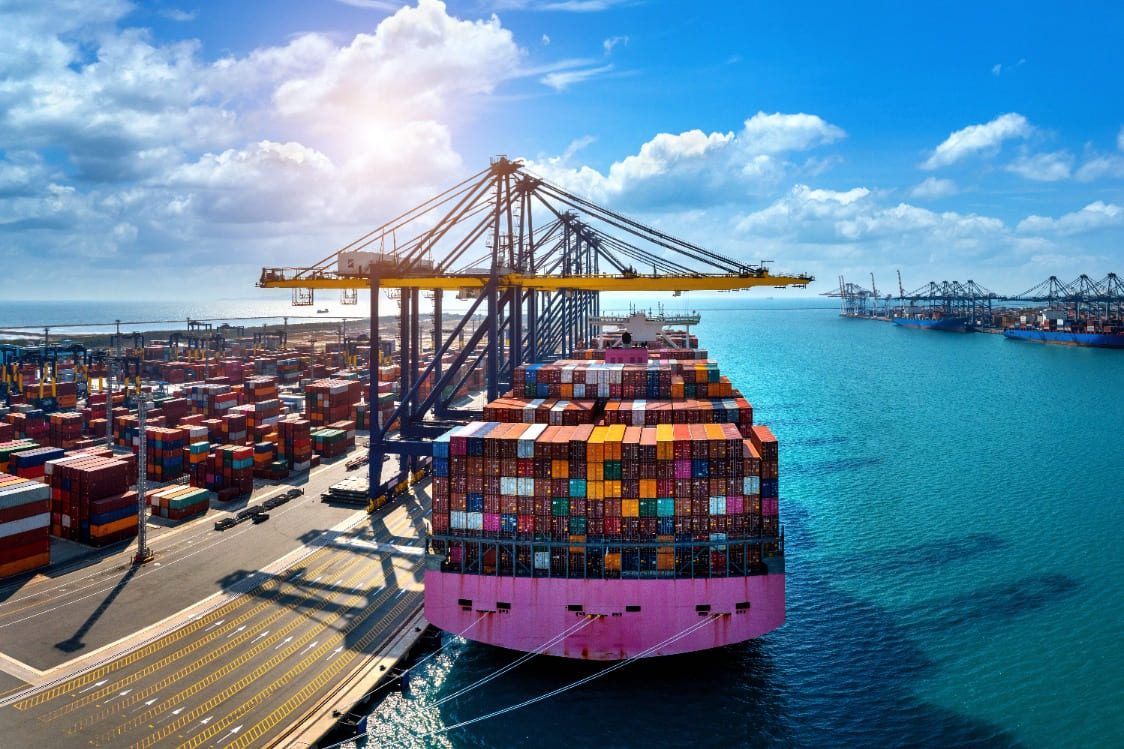Braving the Storm: Innovations in Maritime Incident Response and Preparedness
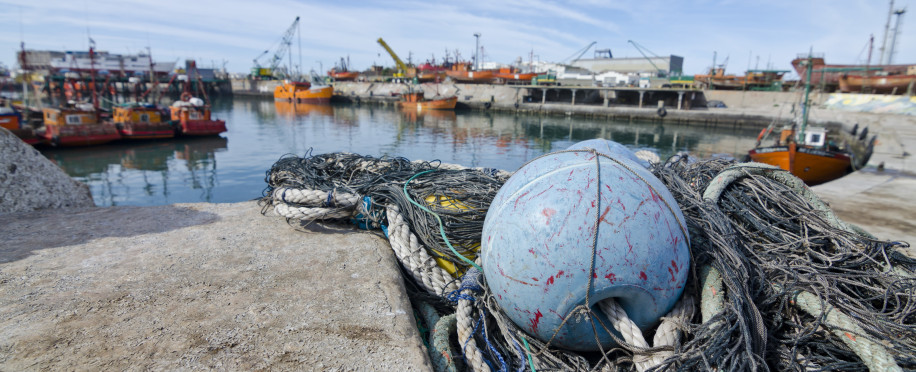
Posted on Mar 24, 2024 at 12:03 AM
The maritime industry faces a lot of dangerous situations and difficulties within the sea and onshore, thus, having a strong and stable maritime incident response management team is essential to guarantee maritime safety.
Additionally, having a maritime incident response strategy will make your team respond faster, hence, increasing the safety level and lowering the damage impact.
Today, we are going to share with you updated information about maritime incident response, including the 4 basic phases of maritime incident response, and the latest and most effective innovations in the maritime incident response.
What Is Maritime Incident Response?
Maritime incident response refers to all the effort and management done by the maritime response team to address and face various emergencies, maritime accidents, or crises that happen at sea, in maritime environments, or port operations.
Moreover, marine incident management is essential in safeguarding lives, protecting the environment, and maintaining the safety and security of maritime activities and infrastructure worldwide.
As the term maritime incident readiness and response does not only include ship collisions, groundings, or firefighting, but expands to include oil spills, cargo reporting, medical emergencies, piracy attacks, and managing different natural crises like storms or tsunamis.
Incident response team in the maritime domain involves extensive guidelines and working parties, including ship operators, maritime authorities, emergency responders, port authorities, coastal countries, and international maritime organisations.
The 4 Phases of Maritime Incident Response:
After a marine accident or incident happens, particular reports and steps must be followed by the responding crew in the safety and security response project. However, some operational details may differ from one reported incident to another, yet, the general rules are the same in marine incident support or response:
-
Mitigation:
This phase includes the taken proactive measures by the responsible marine management department to reduce the likelihood and impact of maritime pollution and cybersecurity incidents.
-
Preparedness:
To guarantee an effective response to all maritime incidents or accidents you need to set a report about the resources you have, set accurate response programs, and train your working teams with professional shipping operations course.
-
Response:
After mitigation and preparation, the vessel team will be able to respond and report the work strategy immediately, while coordinating all the working teams to provide better-submitted solutions, control policies, mitigate the emergency consequences and save lives.
-
Recovery:
In this step and after preparing a professional report, any intervention must focus on going back to the normal status and lowering the long-term impacts, while establishing better marine measures and recommendations to prevent future incidents.

Innovations in Maritime Incident Response:
To achieve the best outcomes in maritime safety operations, all companies need to implement the best and latest marine incident response on all levels of the maritime incident sector.
Especially since these marine innovations make maritime safety efforts more effective with greater function capabilities.
-
Real-Time Monitoring:
The real-time monitoring technologies include satellite technology, IoT sensors, and advanced software systems. That will help the marine management team with direct reports to effectively monitor vessels, environmental conditions, and maritime traffic.
These real-time operations enable early detection of potential incidents and faster response efforts.
-
Advanced Navigation Systems:
Integration of GPS, radar, AIS (Automatic Identification System), and other advanced navigation technologies are required to enhance situational awareness, and database knowledge, improve route planning, and reduce the risk of marine incidents.
Thereby developing national and global safety and preventing maritime incidents more effectively.
-
Enhanced Ship Design and Construction:
There are amazing advancements in the used materials, structural design concepts, and safety features in vessel construction that work greatly and directly impact the resistance to accidents, enhance stability in waters, and mitigate the impact of marine incidents.
-
Risk Assessment Tools:
All the monitoring technologies provide real-time data and insights that with professional data analytics, machine learning algorithms, rescue investigations, and predictive modelling techniques identify vulnerabilities, and enable proactive risk management.
-
Integrated Command Systems:
Using centralised command and control systems is highly important to boost communication, data sharing, and decision-making processes among all involved parties in maritime incident response.
Moreover, this effective and direct sharing improves situational awareness and response effectiveness to any sinking or general occurrence.
-
Autonomous Vehicles:
Deployment of autonomous underwater vehicles (AUVs), unmanned aerial vehicles (UAVs), and remotely operated vehicles (ROVs) equipped with sensors and cameras allowed for efficient inspection and response operations.
This development in maritime incident response allowed the reaching of dangerous or inaccessible maritime environments while reducing risks to human injury and improving response capabilities.
One final thought,
The concept of maritime incident response is not only about producing a professional management report, rather than a whole emergency project that allows vessels and ships to survive all incidents with the lowest possible impact.
Thus, update your maritime incident response with the right tools and marine equipment, and train your team with the best plans and strategies.
